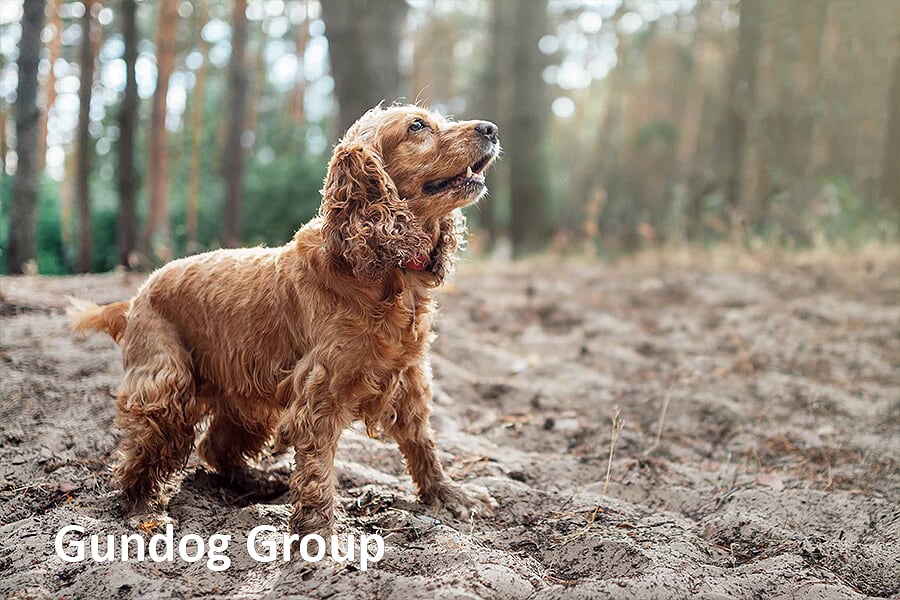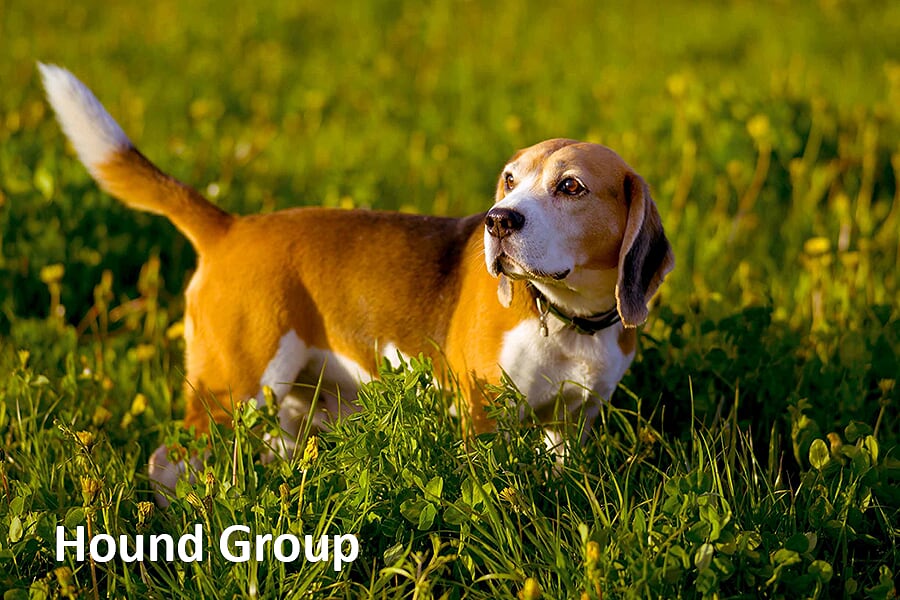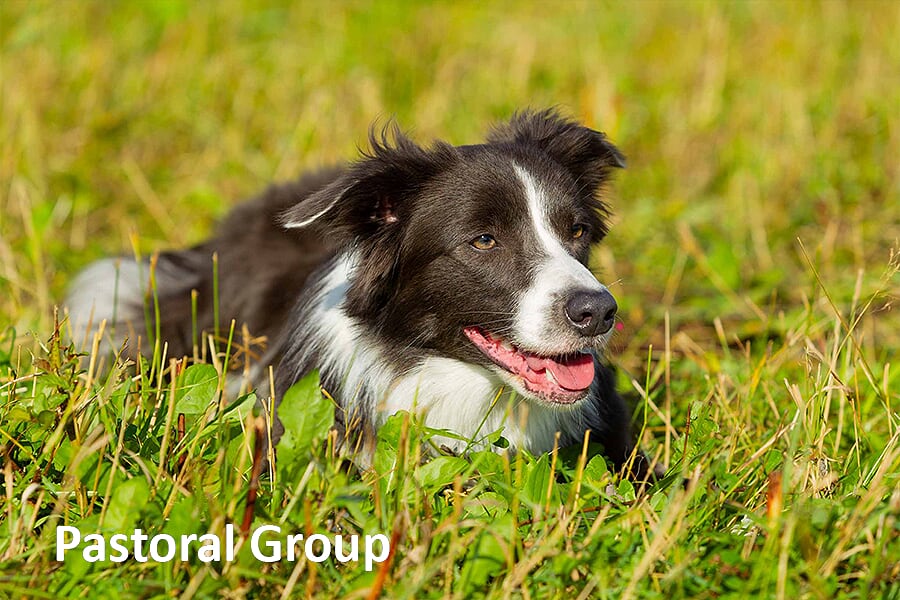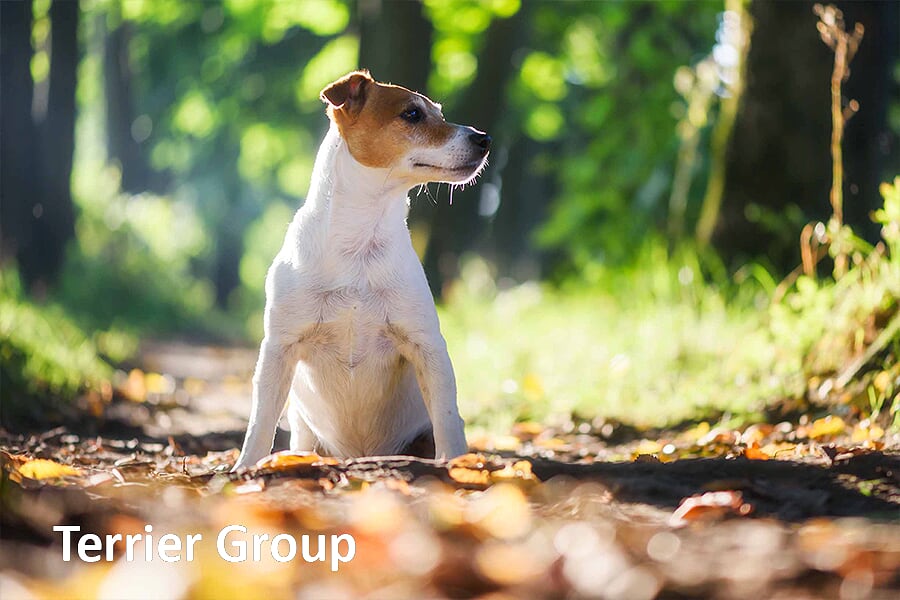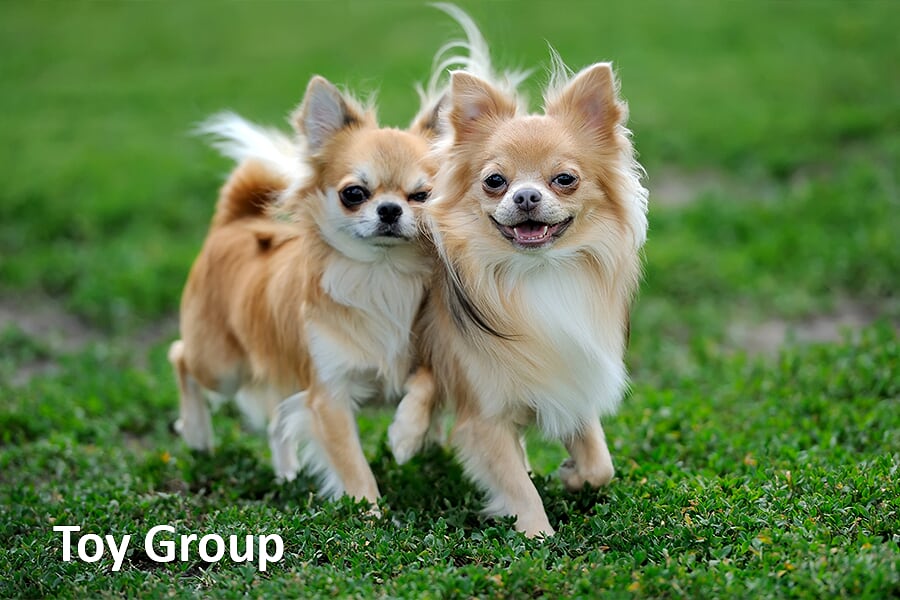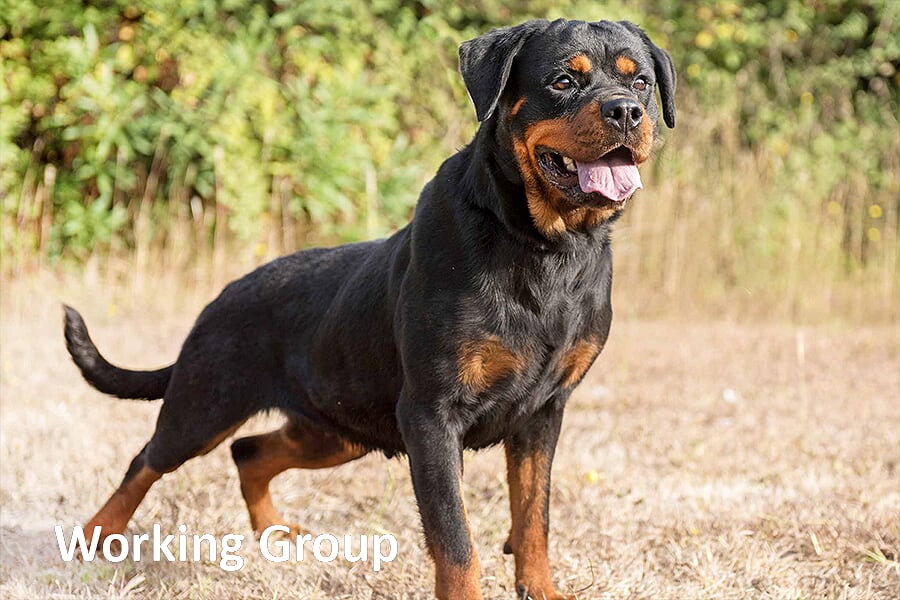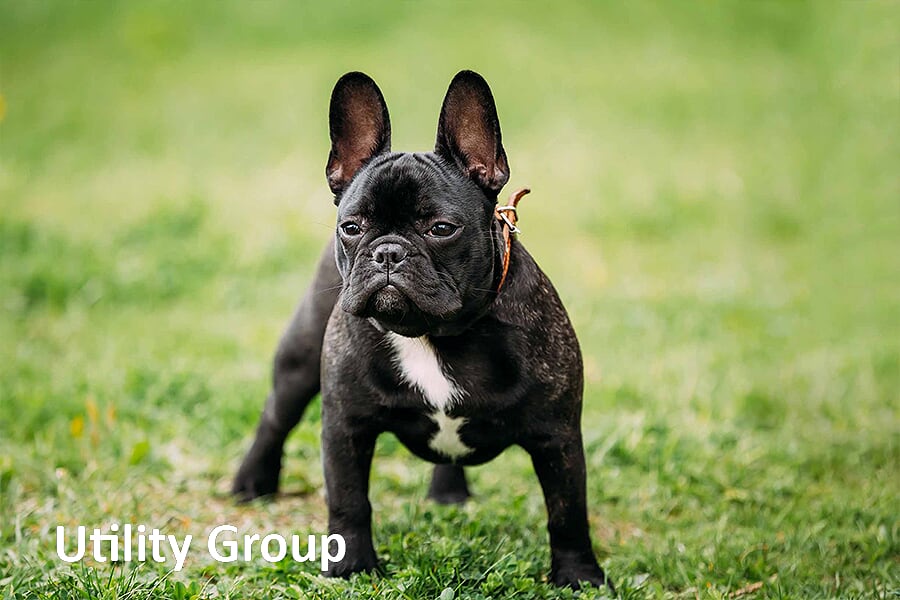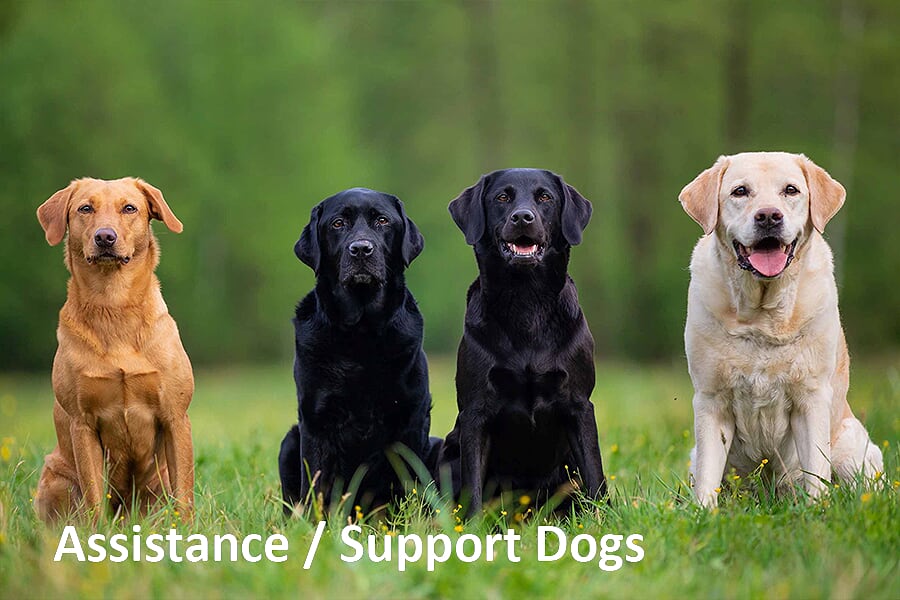Dog Breed Group refers to the classification of breeds based on ancestry, specific purpose, appearance, temperament, and other similar qualities. For newly recognised breeds, The Kennel Club conducts a thorough historical background investigation to identify the group it belongs under the “Breed Standard.” Currently, the Kennel Club categorises dogs into seven breed groups: Hound group, Working group, Terrier group, Gundog group, Pastoral group, Utility group and Toy group. The Dog Breed Group is expanded to include hybrid dogs, assistance/support dogs, and therapy dogs. Get to know these different Dog Breed Groups below.
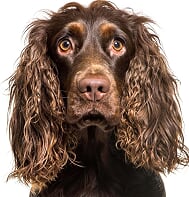
Gundog Group
Gundog (also called Sporting dog) is bred to accompany the sporting owner. Dogs under this group are mostly utilised to find and retrieve live game (usually birds) during hunting season. There are four types of Gundogs: Retriever, Pointer, Setter and (Flushing) Spaniels.

Retrievers
Retrievers were originally bred to assist hunters by capturing and retrieving feathered game like birds, quail, pheasant, and waterfowl. They are usually eager to please and very obedient. Retrievers are trained to follow hand, voice, and whistle commands during a hunt.

Pointers
Pointer dogs use their muzzles to point towards a game, which alerts the hunter to the direction and location of a game. Pointers are even-tempered, calm and congenial dogs. These high-energy dogs are extremely agile, athletic, and fast—traits that are ideal for the job they do.

Setters
Setters are usually paired with Pointer dog breeds as they have similar function albeit they go about the task differently. Both dog breeds help hunters move into a gun range for a better shot at a game. Setters are agile and well-balanced hunters that can work in different terrains.
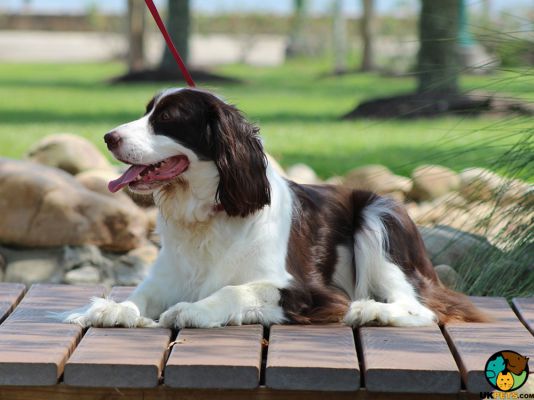
Spaniels
Spaniels are primarily bred to flush out a game. They rouse birds into flying to give hunters the chance to aim and shoot. A Spaniel’s role also includes retrieving game as they have excellent retrieving instincts and skills.
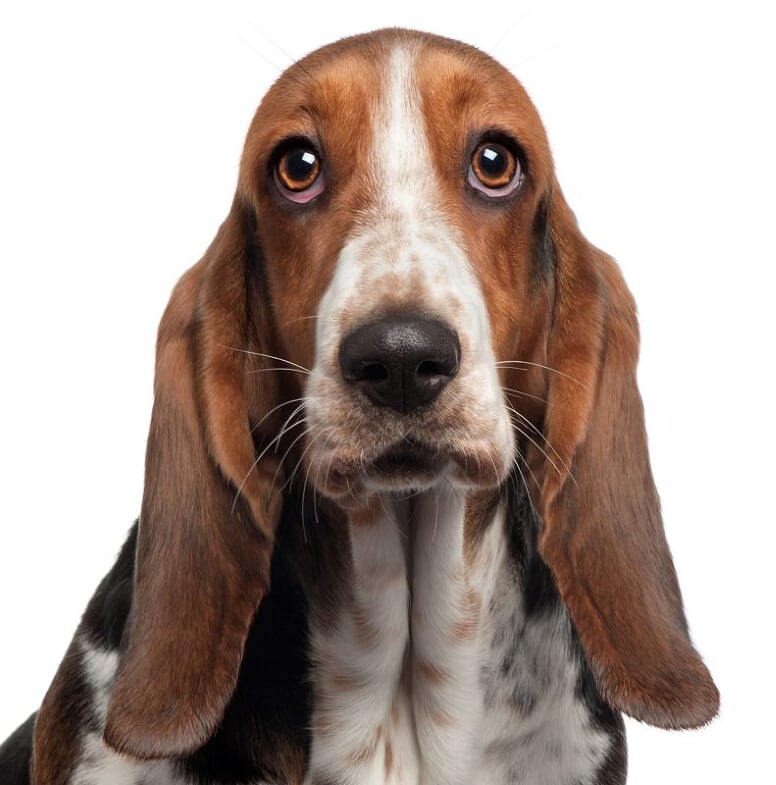
Hound Group
Hound dogs are natural hunters. They hunt prey through sight (Sighthound) and scent (Scenthound). However, unlike the Gundogs, Hound dogs follow their instincts and are not so reliable at following commands. Once they catch a scent or sight of prey, they go full speed in pursuit, and it will be hard to stop them.
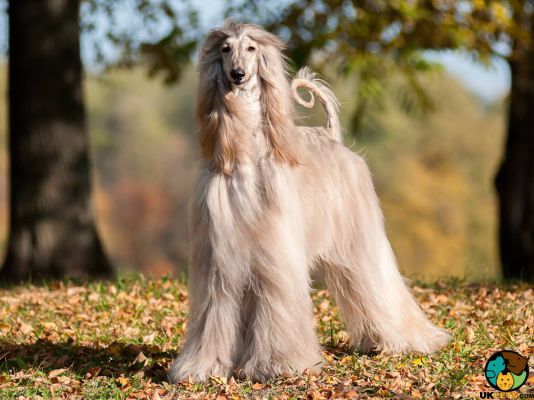
Sighthounds
The Sighthound relies on what it sees to hunt. Unlike the scenthound, it is bred for speed.
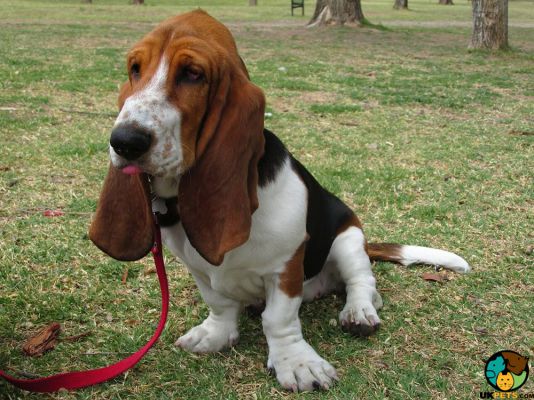
Scenthounds
Scenthounds are good sniffers but they are bred more for endurance than for speed. The way to distinguish a scenthound from a sighthound is through its big ears. It is believed that a scenthound’s ears help their efficiency to smell.
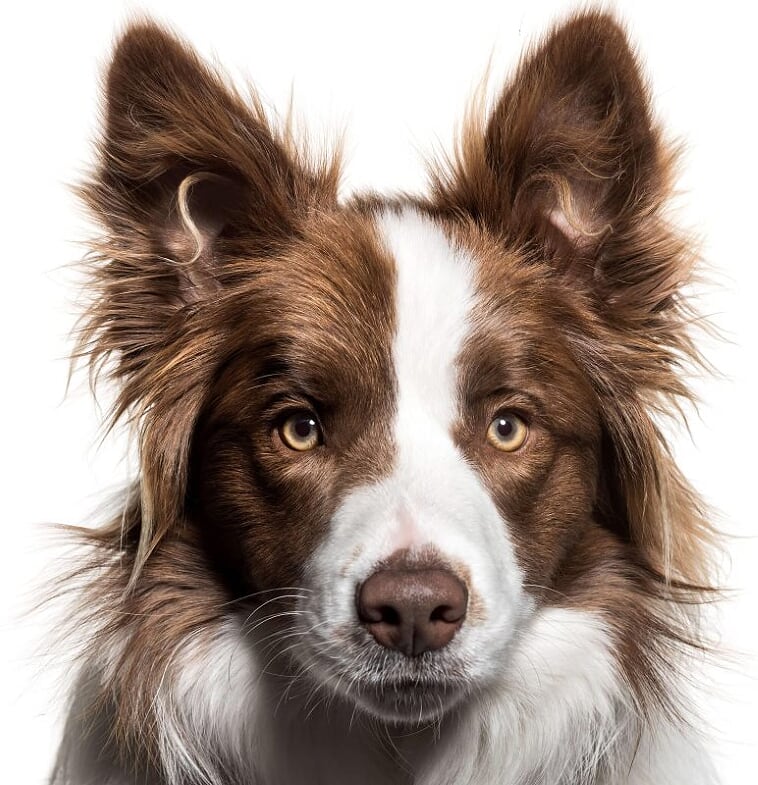
Pastoral Group
Pastoral dogs are bred to help manage livestock. They herd livestock, guide herds of sheep, goats or cattle on dangerous terrain, and act as a guard to protect the animals from predators such as wolves. There are three types of Pastoral dogs classified based on their specific function.
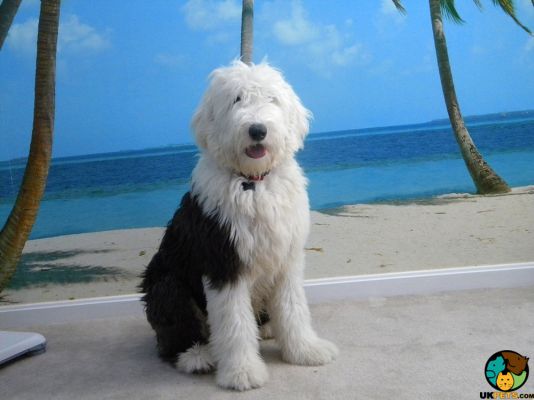
Herding dogs
The main role of a herding dog is to round up flock and herds. Herding dogs are extremely intelligent and highly trainable. Whilst most of today’s herding dogs have not seen a cattle, their herding instincts kick in during play or when there is a group of people around.
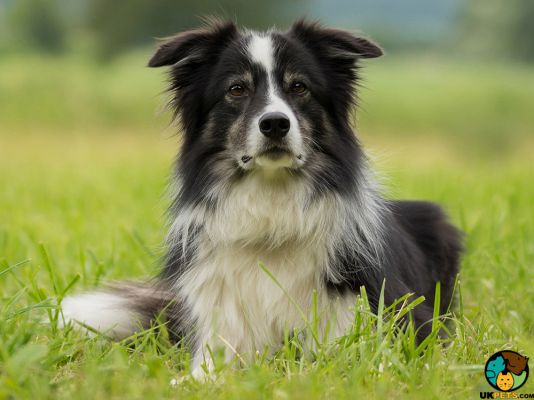
Drovers
Drovers are bred to guide the herd from one place to another, most often over a long distance. This dog breed is very useful, especially on rough terrains.
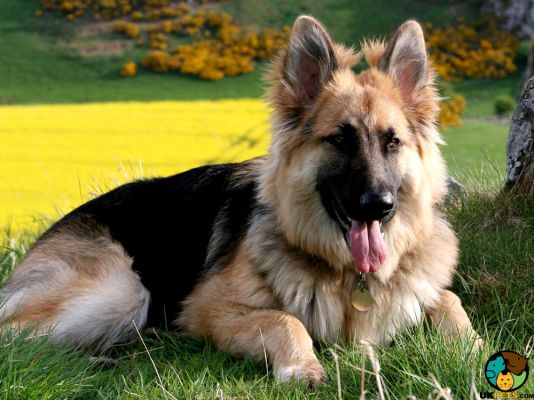
Guardian dogs
Guardian dogs protect the herd from predators such as wolves, foxes, as well as thieves. They are trained to stay with the animals they are tasked to protect so they are, in a way, a member of the flock or herd. They blend in with the flock but are always on the lookout for intruders and ward them off by barking or exhibiting aggressive behaviour.
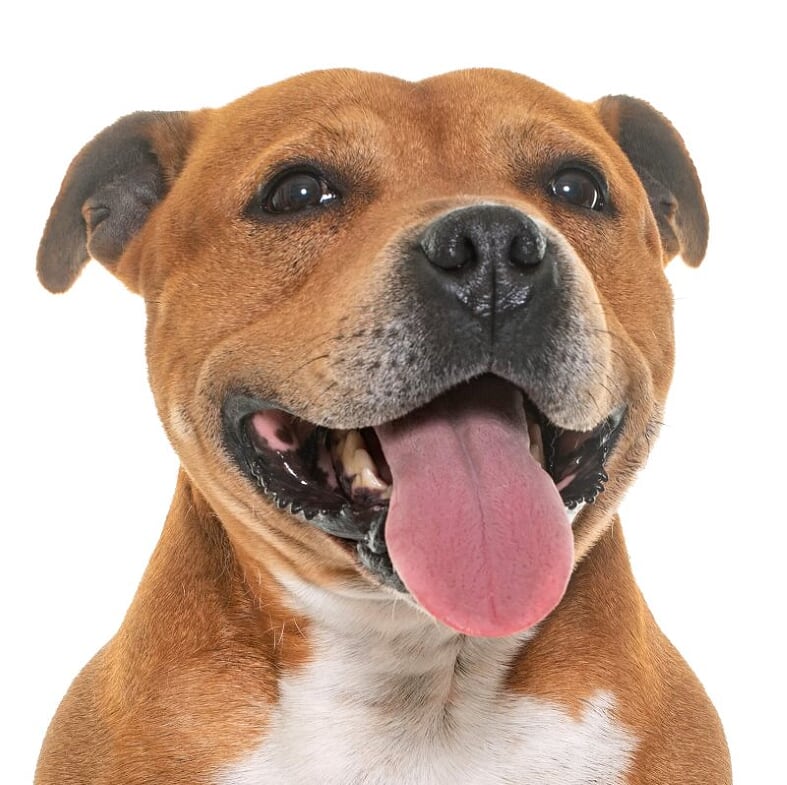
Terrier Group
Terrier dogs were initially bred to hunt house vermin such as rats, mice, otters, even going as far as underground through small holes. They are “little hunting dogs” compared to the hounds or gundogs that hunt for fowls and other birds. Today, when not put to work, dogs in this breed group are kept as companion dogs.
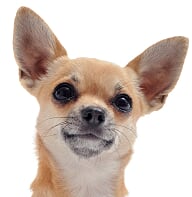
Toy Group
Toy dogs are companion dogs that are much smaller than Terrier dogs. Because of their diminutive size, most Toy dogs are treated as handbag accessories. They are the best dog breed to keep in a small apartment without outdoor space. Dog owners with less experience in dog ownership will do well with a Toy dog. Dogs under this breed group don’t require much food or exercise and are content to be pure lapdogs.
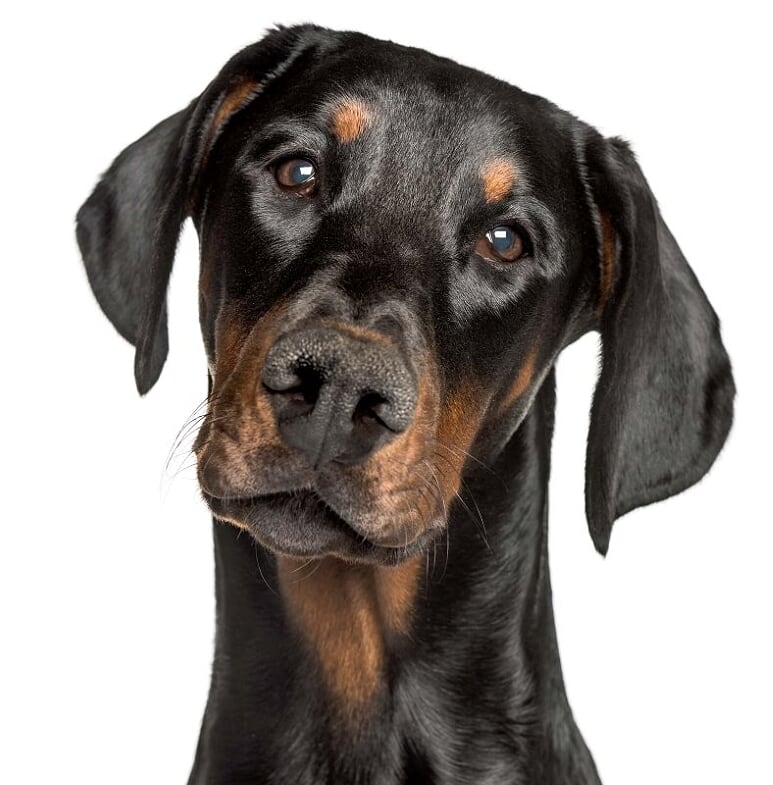
Working Group
Working dogs take on many roles including being guard dogs, rescue dogs, and police dogs. Because they’re large dogs, they tend to be utilised for herding and guarding flocks as well. Working dogs are sturdy, fearless, and very obedient. However, their large size is not suitable for homes with small spaces. They also need to be active with things to do or they will run amuck if left alone. They were bred to work so take advantage of their natural instincts as industrious dogs.
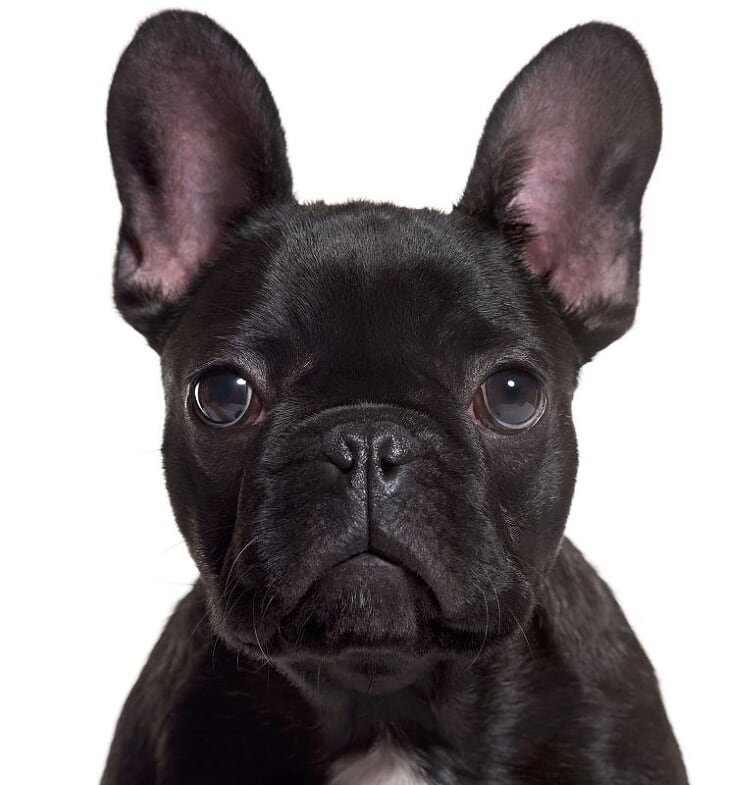
Utility Group
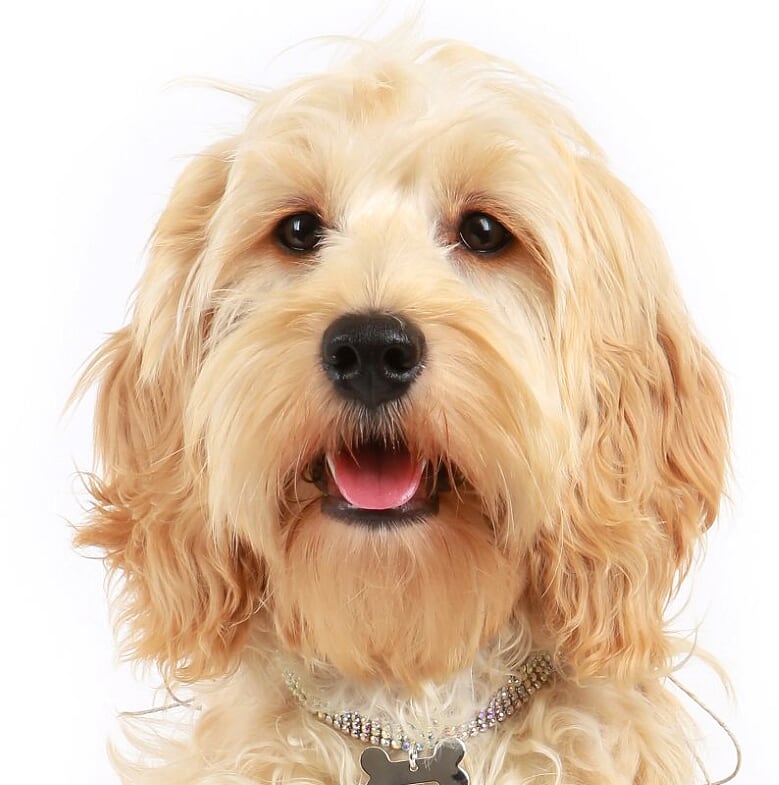
Hybrid Dogs
Hybrid dogs are commonly known as designer dogs. They are a mix of two pure breeds and are created through controlled cross-breeding. The sole purpose of developing hybrids is for them to inherit the positive traits of both parent breeds. Hybrid dogs are quite popular for their sweet, gentle disposition and adaptability.
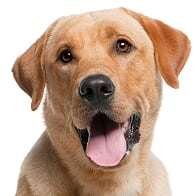
Assistance / Support Dogs
Assistance /Support dogs are also called ‘service dogs’. They are specifically trained to aid people who have physical disabilities. Service dogs are capable of doing several things to help their owners such as opening doors, towing a wheelchair, and retrieving or picking up objects. They are often allowed to enter most buildings with their owner.
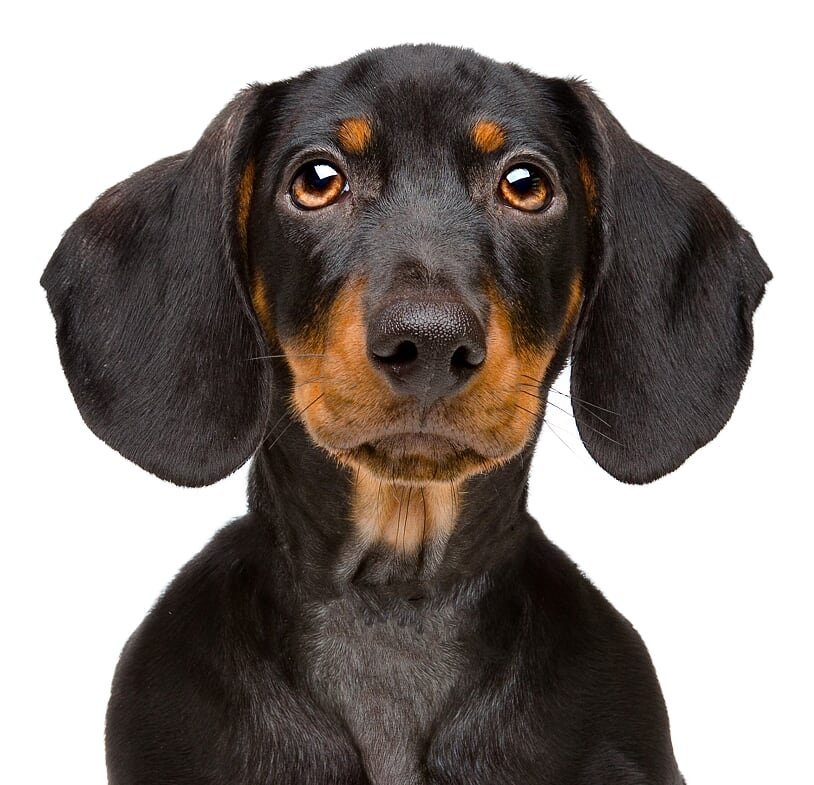
Therapy Dogs
Therapy dogs undergo specialised training just like assistance/support dogs, however, they serve a different purpose. Therapy dogs have a relaxed and calming presence and they provide mental and emotional support to people. They are often sent to disaster areas, hospitals, nursing homes, and schools to give comfort to those who need it. Unlike service dogs, they have no special permission to accompany their owners in public areas.

